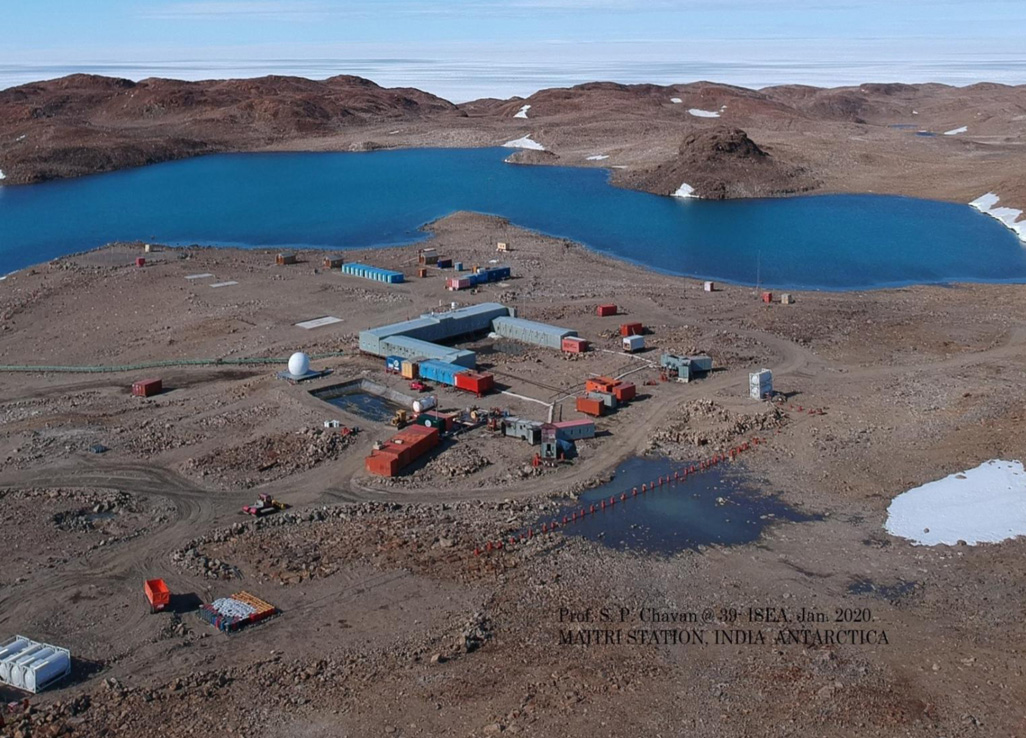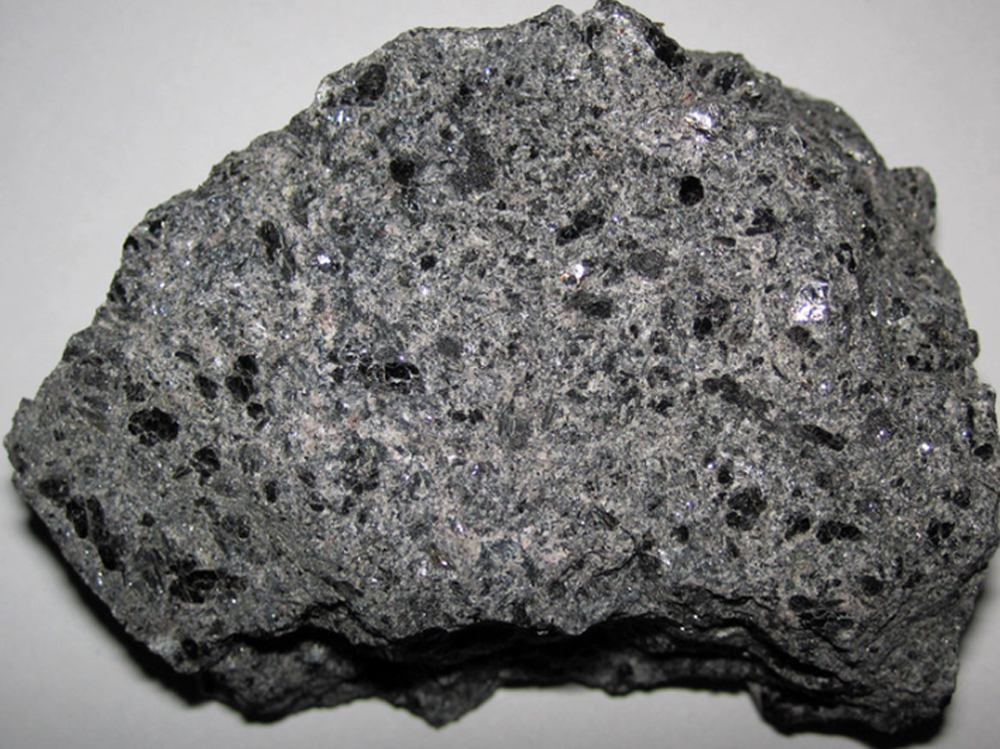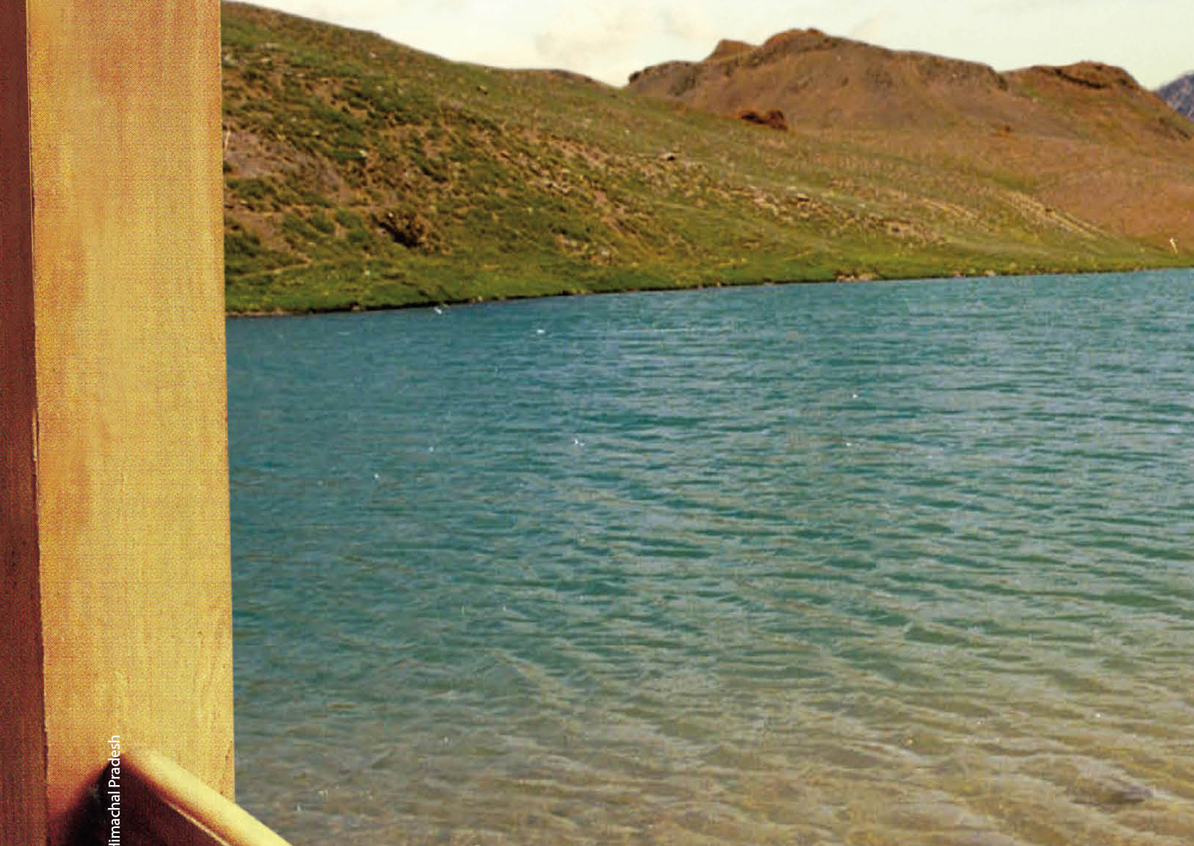Type of Lakes



India is set to embark on a new chapter in its Polar exploration journey with the construction of Maitri II. The Indian government plans to establish a new research station near the existing Maitri ba...
.png )
The Deep Ocean Mission (DOM), approved by the Government of India in 2021 under the Ministry of Earth Sciences (MoES), represents a strategic step in realizing Sustainable Development Goal 14 (SDG 14:...

China recently announced restrictions on the export of seven rare earth elements (REEs), soon after US President Donald Trump decided to impose tariffs. As the world's dominant supplier—responsible fo...
The mesmerising land called India, unsurpassed in natural and man made creations, provides opportunities of exploration, singularly pristine. Lakes, perhaps a lesser diva to the gushing rivers, are wa...
Lakes and wetlands possess the capability to moderate floods and droughts by retaining surface runoffs and enabling groundwater recharge. It also acts as silt traps which fuel the aquatic ecosystem wi...
The mesmerising land called India, unsurpassed in natural and man made creations, provides opportunities of exploration, singularly pristine. Lakes, perhaps a lesser diva to the gushing rivers, are waiting in the wings to pirouette before you, allow its blue waters to ripple against your ankle and hold your attention for a little while longer, before untold pollution and damage tarnishes their bea...

Lakes and wetlands possess the capability to moderate floods and droughts by retaining surface runoffs and enabling groundwater recharge. It also acts as silt traps which fuel the aquatic ecosystem with fresh nutrients. The carbon sequestration by lakes and wetlands regulate global climate and wetlands serve as both sink and source of greenhouse gas emissions.
